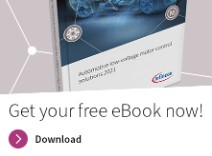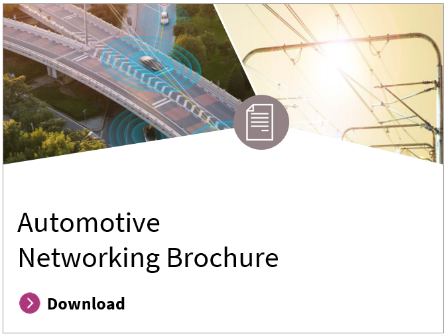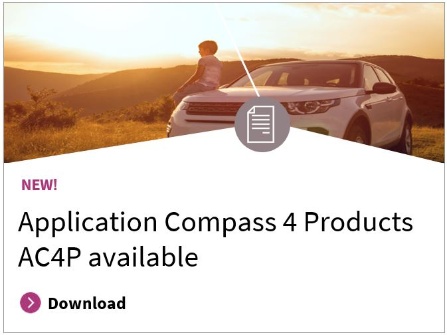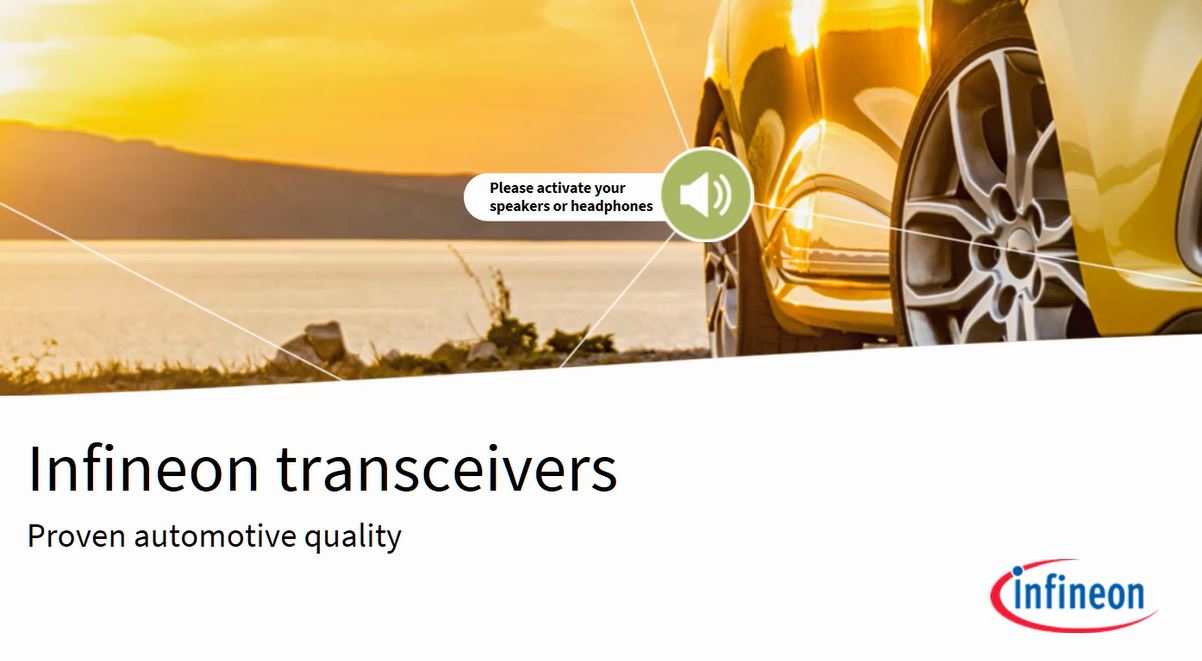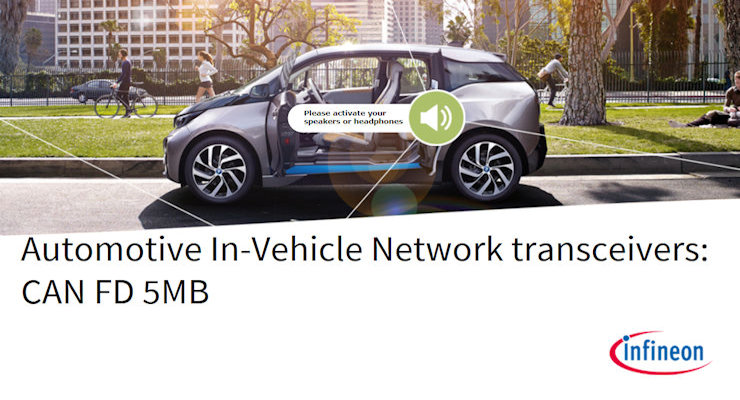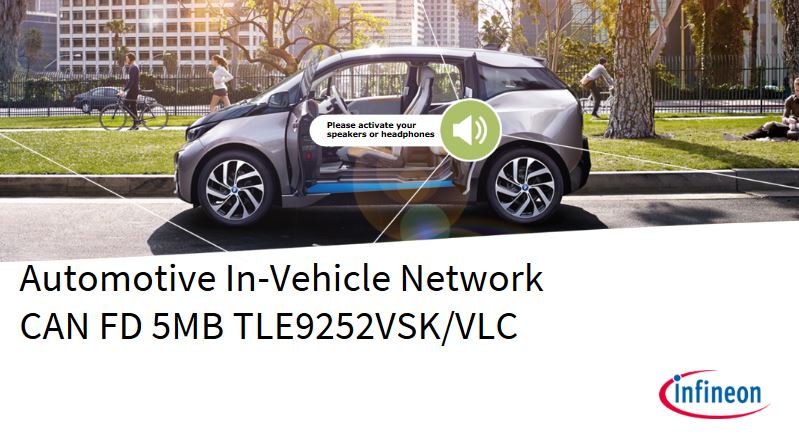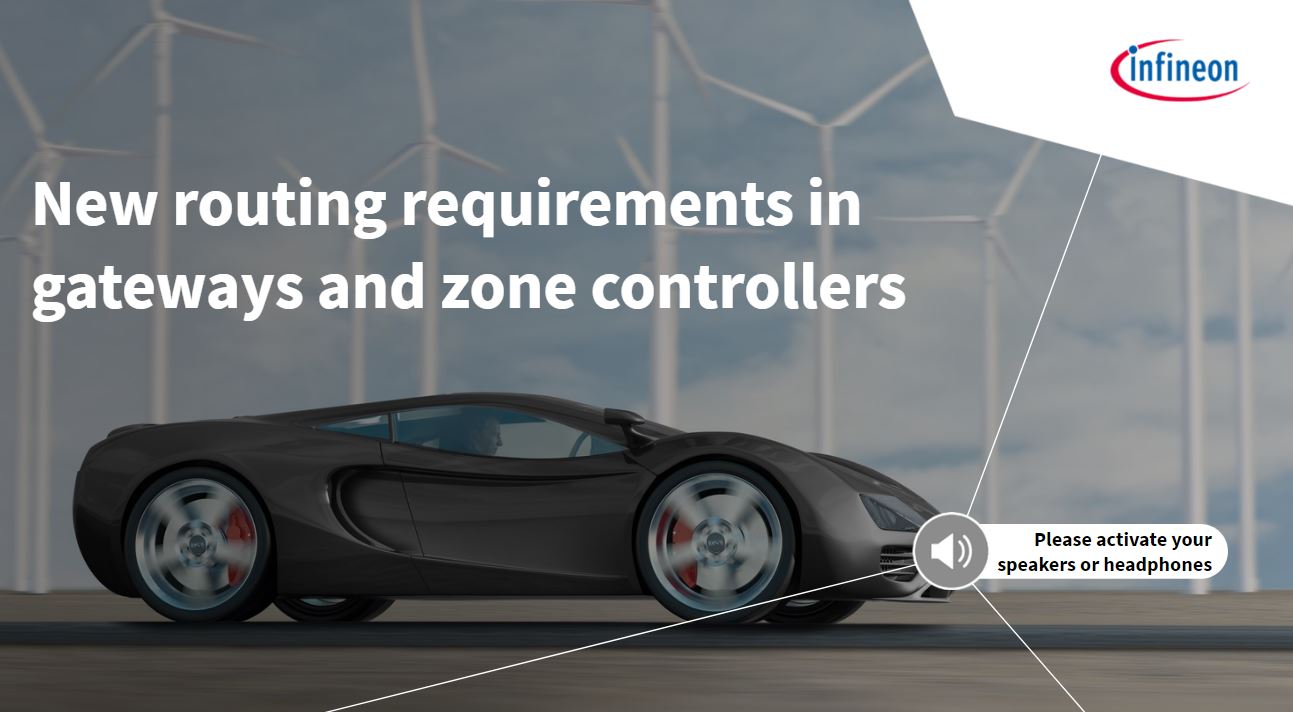Automotive Transceiver Infineon’s Automotive transceivers are perfectly suited for the highly demanding automotive environment and are designed to meet and exceed the latest ESD and EMC requirements.
Automotive Transceiver subcategories
Because of the increasing demand for data exchange in modern vehicles, the automotive industry has implemented a range of automotive networks that efficiently send and receive large quantities of data. These include protocols such as CAN (Controller Area Network) and LIN (Local Interconnect Network) bus systems.
As the future of the industry develops, and EVs conquer the market, vehicles will include more electronic control units (ECUs) that build on these types of in-vehicle connectivity. Therefore, the importance of in-vehicle networking (IVN) devices will grow with increasing quantities of data exchanged between ECUs and of course the extended number of ECUs itself. As a result, the automotive industry established automotive networking systems such as the CAN FD (Flexible Data-rate) protocol, CAN PN - Partial Networking for improved energy efficiency - and very recently the CAN FD SIC with Signal Improvement Capability which will boost CAN communication up to a speed of 8Mbit/s.
Infineon offers a broad product portfolio of automotive transceivers for these different bus segments, all of which perfectly suited for the challenging automotive environment and that are designed to meet and exceed the latest ESD and EMC requirements.
Depending on the respective vehicle network architecture and the related ECU supply path, different transceiver types are used. Infineon automotive transceivers ensure reliable in-vehicle connectivity and communication, helping to minimize the current consumption and the related CO 2-emissions at the vehicle level.
Infineon automotive transceiver products provide the best value through high performance, robust manufacture, and reliability.
Automotive Transceiver Product Portfolio
The Infineon portfolio includes a range of different types of automotive transceivers centered around the LIN and CAN protocols. The differences between the two protocols are the speeds of communication. LIN is used in low-speed applications and CAN in medium-speed applications.
Having said this, each of the protocols complements one another when used within in-vehicle networks, helping to connect all types of vehicle systems, as well as peripheral devices. For example, while CAN is ideal for use with error-sensitive systems on a 5-V differential, LIN is used within applications with low-bandwidth requirements on a 12-V single-wire bus.
Key Features
- Broad product portfolio: Products supporting network speed from 20kbit/s (LIN) up to 8Mbit/s (CAN FD SIC)
- Lowest current consumption in the market with CAN PN
- Endurance CAN family with Tambient -40-150°C
- Automotive transceiver family concept: variants are backwards compatible, Pin-to-Pin compatibility with existing competitors devices reduces development time and effort
- Outstanding ESD robustness
- Excellent EMC performance
- low quiescent currents
- Worldwide OEM approval
- Highest quality
Our automotive transceiver portfolio includes the following:
Initially the CAN technology had been invented to offer robust and scalable networks in the car. With faster data rate it turned out to be more difficult to keep this robustness. Developing complex networks with low data rates e.g. 500kbit/s or 1Mbit/s had been comparable easy. Faster networks using 2Mbit/s or 5Mbit/s data rate could be only realized in smaller and less complex networks. Modern networks require both: high data rates in stable networks. This signal integrity can be granted with the newly developed CAN SIC Transceivers.
The CAN FD SIC actively improve CAN signals to ensure robust communication in large networks and at faster bit rates. Signal ringing, an artifact of large, complex networks with unterminated stubs, is dramatically reduced, removing previous limitations in network topologies. Even lower specification cabling solutions can be considered.
Our range of CAN transceivers automotive CAN transceiver provides durable and robust design made for challenging automotive applications and that meet or exceed the latest ESD and EMC requirements.
The LIN automotive protocol was developed to deliver low-speed data transfer rates over a single wire, allow the implementation of cheap and efficient hardware-nodes within vehicles. The CAN bus has generally been viewed as too costly to run all in-vehicle network components, and so the LIN bus was developed to deliver standardised simpler systems and provide greater compatibility in tandem with CAN.
This means that serial network connections between actuators, sensors or switches and an ECU can be designed efficiently and at lower costs for vehicle manufactures, allowing other protocols to manage more sensitive operations.
Infineon’s range of automotive LIN transceivers meet or exceed the latest ESD and EMC requirements and are designed to meet the challenges of the automotive industry.
Built to succeed the popular LIN protocol, CXPI (Clock eXtension Peripheral Interface) reduces materials costs during manufacturing and lowers fuel consumption in vehicles by requiring fewer wire harnesses. This is done by integrating the CSMA/CR system (event initiate system) into the polling system of LIN.
This ensures higher response time and scalability, and significantly reduces HMI and development costs, as well as reducing the number of the parts needed for the clock side of the design. Additionally, reliability is improved by cross-communication between slaves, a secondary clock master function and a CRC.
Our range of CXPI transceivers are improve in-vehicle connectivity through reliable, low-noise components made for the automotive industry.

